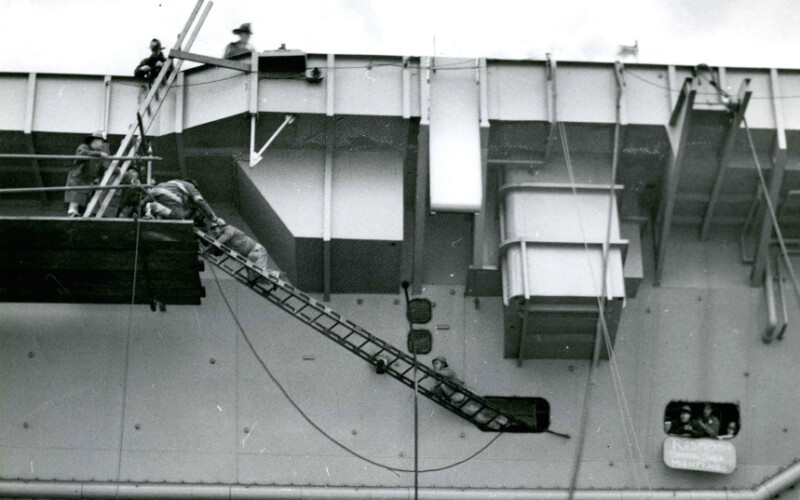We have experience hosting a range of audiences, from college classes to birthday parties to company outings, and we customize our tours to meet your group’s interests and needs.
Book a private tour today
Behind the gates of the Brooklyn Navy Yard lies a network of streets that are a mystery to most New Yorkers. Named for naval heroes, shipyard operations, and even a …
Read more
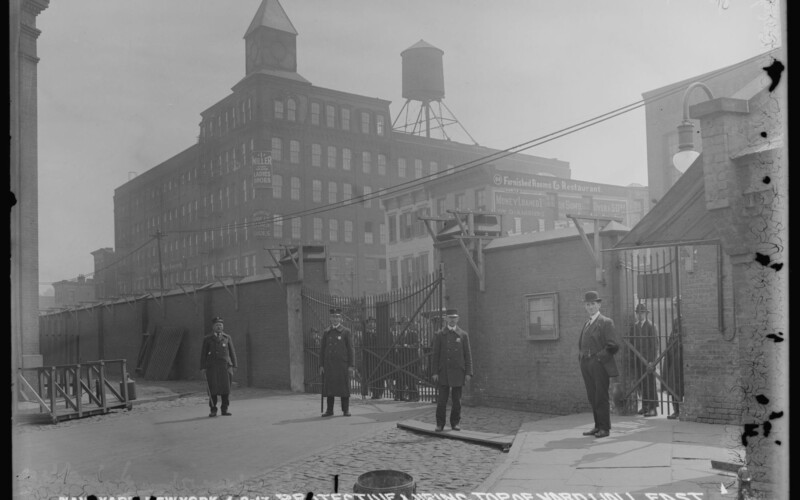
The celebrate Black History Month and the 220th birthday at the Brooklyn Navy Yard, we are looking at the obstacles and opportunities that Black people encountered at the Brooklyn Navy …
Read more
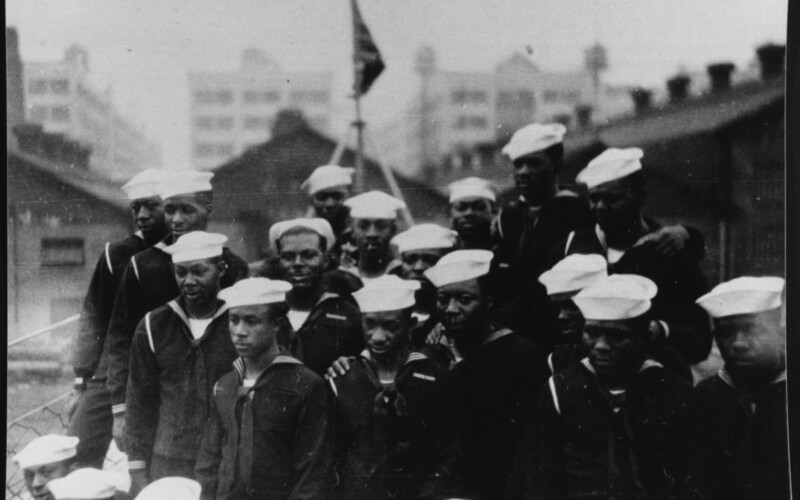
After nearly 12 years of leading tours at the Brooklyn Navy Yard, one of the most difficult questions we get – and almost always from young people – is this: …
Read more
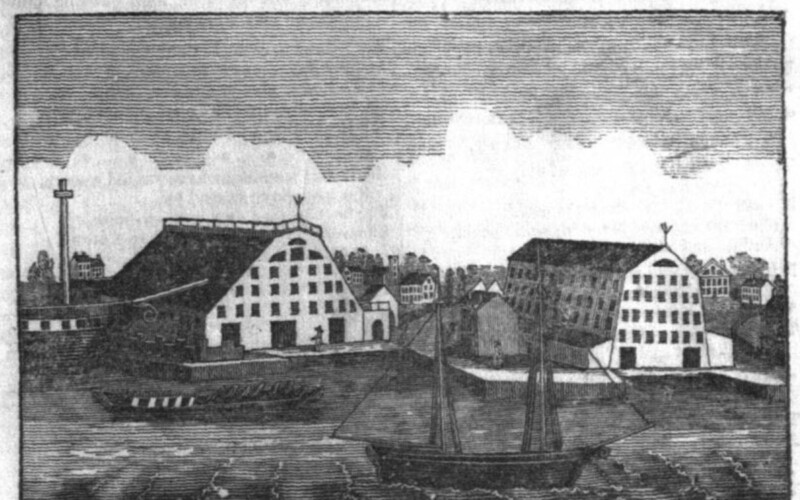
For the past two years, we have had the opportunity to work with third and fourth graders in the Brooklyn Historical Society’s CASA program. These young scholars are tasked with …
Read more
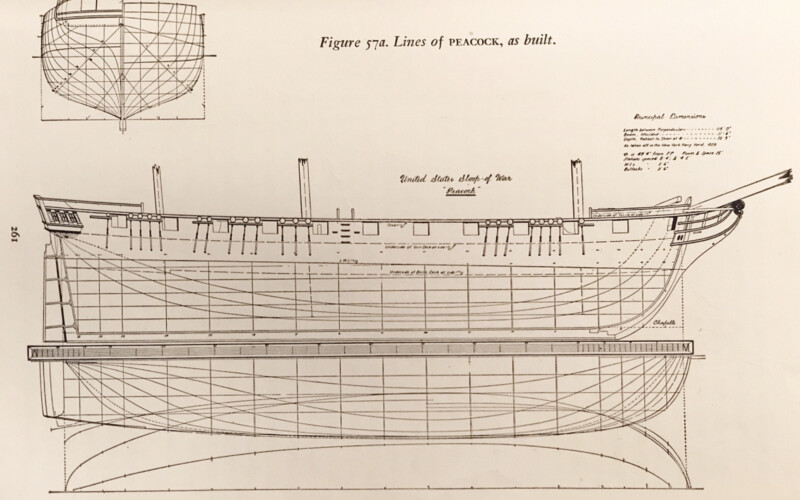
Today marks the 57th anniversary of perhaps the darkest day in the history of the Brooklyn Navy Yard. To commemorate the fire on board the USS Constellation, we are going …
Read more
